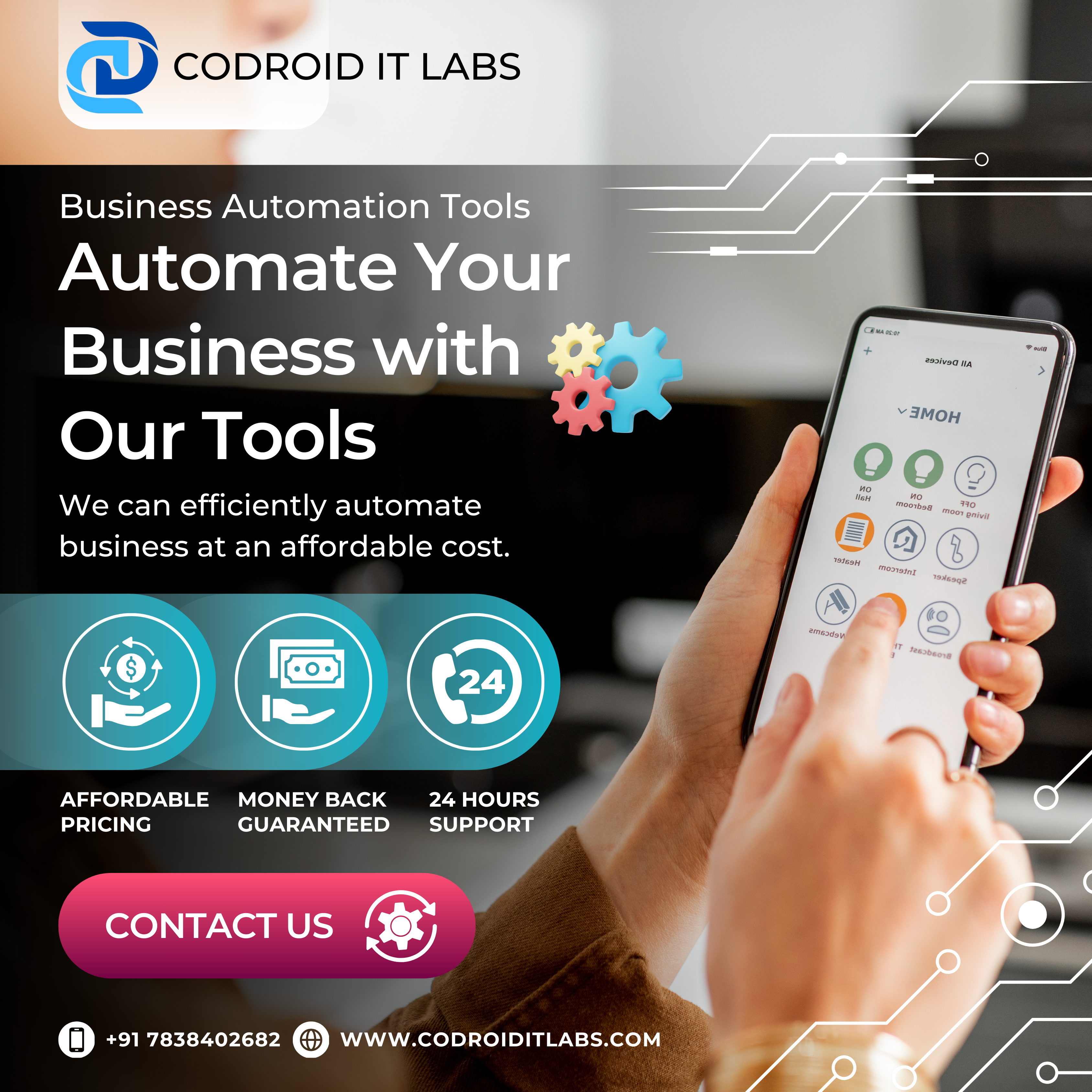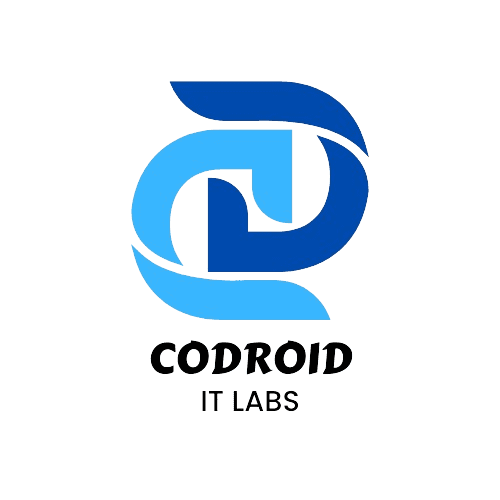
Introduction to ZOHO Flow
Imagine a world where your business tools are interconnected, sharing data seamlessly and performing repetitive tasks without your intervention. That’s no longer just a dream – ZOHO Flow delivers this capability. This powerful tool, within the ZOHO platform, empowers you to connect various applications and automate entire workflows without any need for programming. If you’re experiencing the pain of manual data entry, the frustration of switching between applications, or the risk of missed critical updates, ZOHO Flow offers a solution for streamlined workflows. This guide will provide a foundational understanding of how it works, its many advantages, and how to swiftly begin automating your processes.
What is ZOHO Flow?
ZOHO Flow is fundamentally an integration and automation platform, which enables you to link various applications (both ZOHO and third-party) and construct “flows” or workflows to automate recurring tasks. It serves as the cohesive force that ties together all your tools, ensuring smooth data transmission throughout your business operations.
To illustrate, you can automatically generate a task in ZOHO Projects each time a new lead is entered into ZOHO CRM, or send a Slack alert when a new customer completes a purchase on your online store.
Why Automate Workflows?
Save Time and Boost Productivity
Manual data entry and repetitive tasks hinder your productivity. By automating workflows with ZOHO Flow, you can prioritize business growth
Eliminate Human Error
Automating processes decreases the likelihood of errors, which helps maintain consistent data accuracy in all of your apps. With process automation, there’s a lower chance of mistakes, securing data accuracy across all your applications. Automation eliminates many opportunities for human error, thereby ensuring data accuracy within all of your apps.
Seamless Data Syncing
With ZOHO Flow, your tools are always current because data is synced across platforms instantly. ZOHO Flow keeps your tools up-to-date by providing real-time data synchronization across all platforms.
Scalable Solutions for Growing Businesses
The challenge of manually managing numerous apps escalates with business growth. ZOHO Flow scales alongside your business, boosting efficiency without increased labor.
Key Features of ZOHO Flow
1. Pre-Built App Integrations
ZOHO Flow integrates with over 600 applications, spanning the ZOHO suite (including ZOHO CRM, ZOHO Books, and ZOHO Desk) and popular third-party platforms such as Slack, Shopify, Google Workspace, and Mailchimp. This vast connectivity enables you to build seamless workflows by linking multiple applications together.
2. Easy Drag-and-Drop Interface
Even without coding knowledge, you can design workflows easily with ZOHO Flow. The drag-and-drop interface lets you create processes visually
3. Multi-Step Workflows
With ZOHO Flow, you can unlock the power of interconnected tools by creating advanced workflows, moving beyond the limitations of connecting just two apps.
4. Real-Time Triggers and Actions
ZOHO Flow Integrations
In ZOHO Flow, workflows are initiated when specific events occur, like the creation of a new lead or the payment of an invoice. After being triggered, these workflows automatically execute a series of actions
5. Custom Logic and Conditions
Incorporate conditional branching into your workflows to enable dynamically driven actions. Specifying a rule to only send notifications when the deal value is above $5,000 is a prime example of this functionality.
6. Secure and Reliable Platform
Enjoy secure data and dependable workflow execution with ZOHO Flow, ensuring no downtime
How to Get Started with ZOHO Flow
Step 1: Log In to ZOHO Flow
Begin by accessing your ZOHO account and then go to ZOHO Flow. If you are new to ZOHO, you can create a free trial account
Step 2: Choose the Apps You Want to Connect
To integrate your apps, browse the directory and select the tools you want. This allows you to, for instance, connect ZOHOCRM with ZOHO Books or link ZOHO Desk with Slack.
Step 3: Create Your First Flow
- Click on “Create Flow” to get started.
- Name your flow, describe its purpose, and select the apps involved.
Step 4: Set Triggers and Actions
Workflows begin with triggers, which are initiating events. Actions are the subsequent steps that are performed after a trigger. For instance, a workflow could be triggered by a new lead being added to ZOHOCRM, and the corresponding action would be to automatically transfer the lead’s information to a Google Sheet.
Step 5: Customize with Conditional Logic
Enhance your flow with filters and conditions to create more intelligent automation. For example, you can configure a notification to be sent only when a lead’s email address has been verified.
Step 6: Test and Activate Your Flow
First, conduct a test to verify your flow is functioning correctly. If the results are satisfactory, then activate the flow to begin automating your workflow.
Popular Use Cases of ZOHO Flow
1. Sales Automation
Automatically transfer new leads from ZOHO CRM to your email marketing platform, such as ZOHO Campaigns. Ensure order information from Shopify is automatically updated in ZOHO CRM.
2. E-Commerce
Automatically sync new online store orders (like from Woo Commerce) with ZOHO Inventory. Trigger an automated thank-you email to customers following each purchase.
3. Customer Support
Incoming customer support emails will automatically generate tickets in ZOHO Desk. When a support ticket is assigned to a team member, they will receive a notification on Slack.
4. Team Collaboration
Automatically send a notification to your team in ZOHO Cliq when a task is marked as complete in ZOHO Projects. Automatically create calendar events in ZOHO Calendar when meetings are scheduled using Google Meet.
Benefits of Using ZOHO Flow
Effortlessly control all your workflows from one central dashboard, eliminating the need to navigate multiple applications. A single dashboard provides complete control over all your workflows, removing the hassle of switching between different apps. Manage your entire workflow process from a unified dashboard, without the need to jump between applications.
Why ZOHO Flow is a Must-Have for Businesses
ZOHO Flow transforms businesses beyond simple productivity; it’s a catalyst for operational streamlining and efficiency gains. Automating workflows minimizes manual labor, prevents errors, and fosters a unified ecosystem where tools integrate seamlessly. If your business struggles with managing numerous applications and recurring tasks, ZOHO Flow offers the ideal remedy for time savings and effortless scalability.
Conclusion
Automation is no longer optional; it’s crucial for businesses today. ZOHO Flow offers a user-friendly, no-code solution that dramatically simplifies the way you connect systems and manage workflows. This powerful platform allows you to automate almost any business function—from sales and marketing to customer service and team collaboration. Don’t delay; begin using ZOHO Flow now and see your productivity reach new heights.
FAQs About ZOHO Flow
1. Can I use ZOHO Flow with non-ZOHO apps?
Yes! ZOHO Flow supports over 600 third-party apps like Slack, Shopify, and Google Workspace.
2. Is ZOHO Flow beginner-friendly?
Absolutely. With its drag-and-drop interface and pre-made templates, anyone can create workflows without coding skills.
3. Is there a free version of ZOHO Flow?
ZOHO Flow offers a free trial. For advanced features and higher limits, you’ll need to subscribe to a paid plan.
4. Can I create multi-step workflows in ZOHO Flow?
Yes, ZOHO Flow allows you to design complex workflows with multiple steps and conditions.
5. How secure is my data on ZOHO Flow?
ZOHO Flow ensures data security through encryption and complies with global security standards like GDPR.
